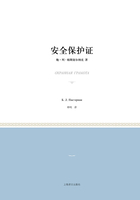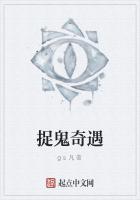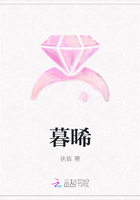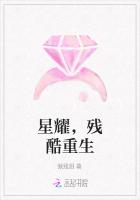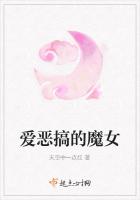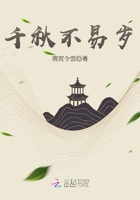The activity of pure radium exceeded all our expectations. For equal weights this substance emits a radiation more than a million times more intense than uranium. To offset this, the quantity of radium contained in uranium minerals is scarcely more than three decigrammes of radium to the ton of uranium. There is a very close relation between these two substances. In fact, we know to-day that radium is produced in the minerals at the expense of uranium.
The years that followed his nomination to the P.C.N. were hard for Pierre Curie. He had to face the many anxieties incident to the organization of a complicated system of work when his happiness depended on his being able to concentrate his efforts on a single determined subject. The physical fatigue due to the numerous courses he was obliged to give was so great that he suffered from attacks of acute pain, which in his overtaxed condition became more and more frequent.
It was therefore vitally important, if he was to spare his energy and keep his health, that the burden of his professional duties be lightened. He decided to apply for the Chair of Mineralogy, which was vacant, at the Sorbonne, for which he was entirely qualified because of his profound knowledge and his important publications on the theories of the physics of crystals. Yet his candidacy failed.
During this painful period he nevertheless managed, by a truly superhuman effort, successfully to complete and publish several investigations that he had made either alone or in collaboration: Investigations on induced radioactivity (in collaboration with A. Debierne).Investigations on the same subject (in collaboration with J. Danne).
Investigations on the conductibility provoked in dielectric liquids by the rays of radium and the Roentgen rays. Investigations on the law of the decrease of the emanation of radium and on the radioactive constants that characterize this emanation and its active deposit.Discovery of the liberation of heat produced by radium (in collaboration with A. Laborde).Investigations on the diffusion of the emanation of radium in the air (in collaboration with J. Danne).Investigation on the radioactivity of gases from thermal springs (in collaboration with A. Laborde).Investigation on the physiological effects of radium rays (in common with Henri Becquerel).Investigation on the physiological action of the radium emanation (in common with Bouchard and Balthazard).Notes on the apparatus for the determination of magnetic constants (in common with C. Cheneveau).
All these investigations in radioactivity are fundamental and touch very varied subjects. Several have as their aim the study of the emanation, that strange gaseous body that radium produces and which is largely responsible for the intense radiation commonly attributed to the radium itself. Pierre Curie demonstrated by a searching examination the rigorous and invariable law according to which the emanation destroys itself, no matter what the conditions are in which it finds itself. To-day the emanation of radium, harvested in tiny phials, is commonly employed by physicians as a therapeutic agent. Technical considerations make its employment preferable to the direct use of radium, and in this case no physician can proceed without consulting the numerical chart which tells how much of this emanation has disappeared each day, despite the fact that it is cloistered in its little glass prison. It is this same emanation that is found in small quantities in mineral waters, and that plays a part in their curative effects.
More striking still was the discovery of the discharge of heat from radium. Without any alteration in appearance this substance releases each hour a quantity of heat sufficient to melt its own weight of ice. When well protected against this external loss, radium heats itself. Its temperature can rise degrees or more above that of the surrounding atmosphere. This defied all contemporary scientific experience.
Finally, I cannot pass in silence, because of their various repercussions, the experiments connected with the physiological effects of radium.
In order to test the results that had just been announced by F. Giesel, Pierre Curie, voluntarily exposed his arm to the action of radium during several hours. This resulted in a lesion resembling a burn, that developed progressively and required several months to heal. Henri Becquerel had by accident a similar burn as a result of carrying in his vest pocket a glass tube containing radium salt. He came to tell us of this evil effect of radium, exclaiming in a manner at once delighted and annoyed: "I love it, but I owe it a grudge!"
Since he realized the interest in these physiological effects of radium, Pierre Curie undertook, in collaboration with physicians, the investigations to which I have just referred, submitting animals to the action of radium emanation. These studies formed the point of departure in radium therapy. The first attempts at treatment with radium were made with products loaned by Pierre Curie, and had as their object the cure of lupus and other skin lesions. Thus radium therapy, an important branch of medicine, and frequently designated as Curie-therapie, was born in France, and was developed first through the investigations of French physicians (Danlos, Oudin, Wickham, Dominici, Cheron, Degrais, and others).


